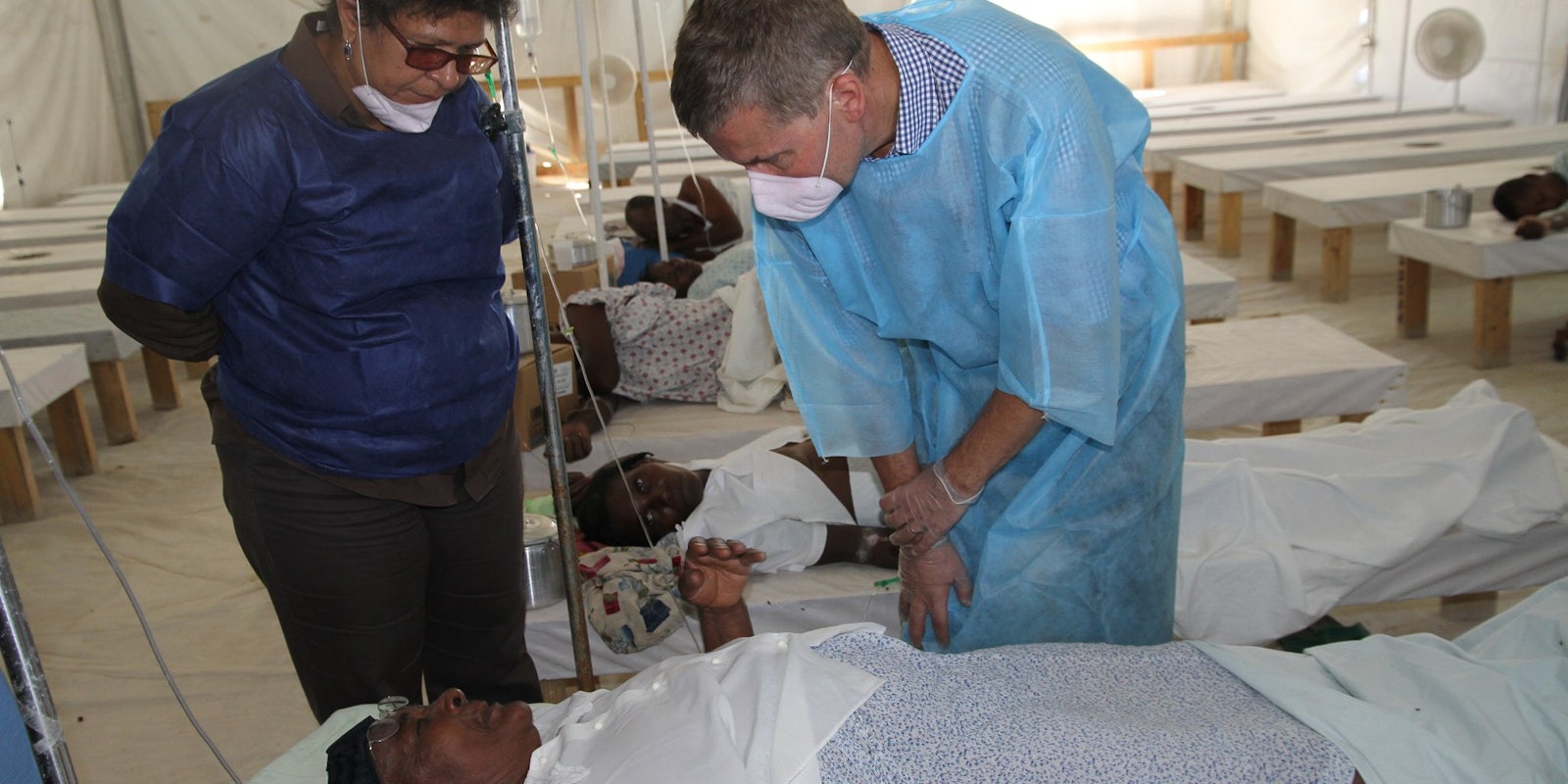The Haiti cholera outbreak of 2010 affected more than 400,000 people, leaving Haitians, and the rest of the world, to share their sorrows on Twitter.
While those messages may have been sparse—Haiti has an estimated 1 million Internet users among a population of 9.7 million—they were enough to provide a wealth of information to Rumi Chunara, a research fellow at Harvard Medical School, who used the tweets to monitor the outbreak early and in real-time.
From Oct. 20, 2010 to Nov. 3, 2010, Chunara searched through more than 65,000 English and French tweets containing the words cholera and #cholera, an intestinal infection that caused about 5,000 deaths worldwide in 2009. (The word is nearly identical in French, so the search worked across languages.)
She also used HealthMap, an automated surveillance program, to analyze 188,000 tweets during the first 100 days of the outbreak. When her data was compared to official reports on the outbreak released weeks later, Chunara found that “there was good correlation between trends in volume over time of informal data [Twitter] and officially reported case data, during the initial stages of an outbreak or relevant event.”
While it is unclear how effective this information could have been if it had been used to fight the disease, the study proves how important real-time data collection is to medicine, Chunara wrote.
“Near real-time estimates of epidemic activity may provide valuable insights into the trajectory of an infectious disease outbreak, help project the spread of an epidemic, and provide guidance on the magnitude of control measures needed,” she wrote.
It’s one thing to show Twitter’s predictive powers. It’s another to translate them into action. Sadly, despite Haitians’ best efforts, there will likely be another cholera outbreak to provide a test case.
Photo by Utenriksdept


